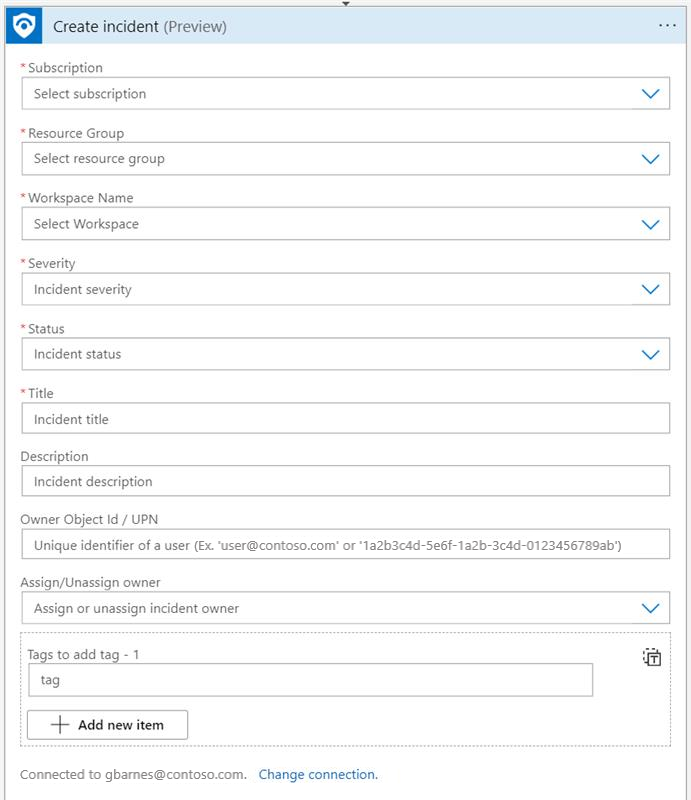
Put a proxy in between and make it modernly configured.
#Manually generate awstats how to#
How to upgrade those and make them use TLS 1.2? There is only one cheap way to do this. Some of those boxes are still in use and still provide good use for internal applications, and sometimes even (strangely) for external. Unfortunately for many, there are still many RHEL 5 boxes around, hidden and guarded by tall walls (firewalls). But eventually the decision will be applied back. The coronavirus SARS-CoV-2 (known for COVID-19) made Firefox reverse their decision of deprecating the use of TLS 1.0 and 1.1 as it can be read here. There is another side also, such as a modern browser will not be able to work correctly with a server configured with old protocols. An old browser will not be able to understand a modernly configured web server just serving content with TLS 1.3 (nor 1.2). Both parties, the server and the client must understand each other, so they must make use of cipher suites and protocol versions supported by both. I don’t know if it did because my old configuration still supported those or if it’s still a default on the certbot tool.Īnyhow, let’s dig into this how to configure TLS 1.2 on UNIX or GNU/Linux.įirst, we need to understand a few implications on changing this SSL/TLS configuration. One could argue doing nothing is good, since there’s still some encryption but my point is (and the one made by many others) that the use of deprecated and even vulnerable encryption can easily give a sense of false security.įor those using tools like Letsencrypt and the Certbot this article will make not much sense, unless… I’ve seen the certbot client configuring me the server to support TLS 1.0 and TLS 1.1 just a month ago, and those are well deprecated now. I am unsure of what are the main web browsers of this world (Chrome, Firefox, Edge, Safari) are doing in respect of flagging these old SSL/TLS versions on sites. I included this bit in a couple of hardening guides, one for DOcean and the other for this very site of mine. Reputation is at stake when visitors to a site can be harmed. During the last months I’ve personally observed many sites adopting a better posture towards security by securing their headers. Not even Ansible is capable of defeating that in any easy way.

What are these servers? Probably, many of them, are corporate servers where administrators, developers and other IT creatures are trapped under the boot of burocracy and the alleged efficiency of very little technical staff and lots of management souls. Just extract the 3.148.344 servers using the still supported TLS 1.2 from the total 7.170.224 found by Shodan.io and off we go. Shodan.io has a report on this specific, it’s not me with a crystal ball. If you find the articles in useful to you, please consider making a donation.īelieve it or not there are still millions of servers still using those deprecated versions of SSL and TLS protocols. This is an article willing to help and point out a few useful resources for those using Apache HTTP or NGINX web servers that are still using the deprecated SSLv3, TLS 1.0 and/or TLS 1.1 verions.


 0 kommentar(er)
0 kommentar(er)
